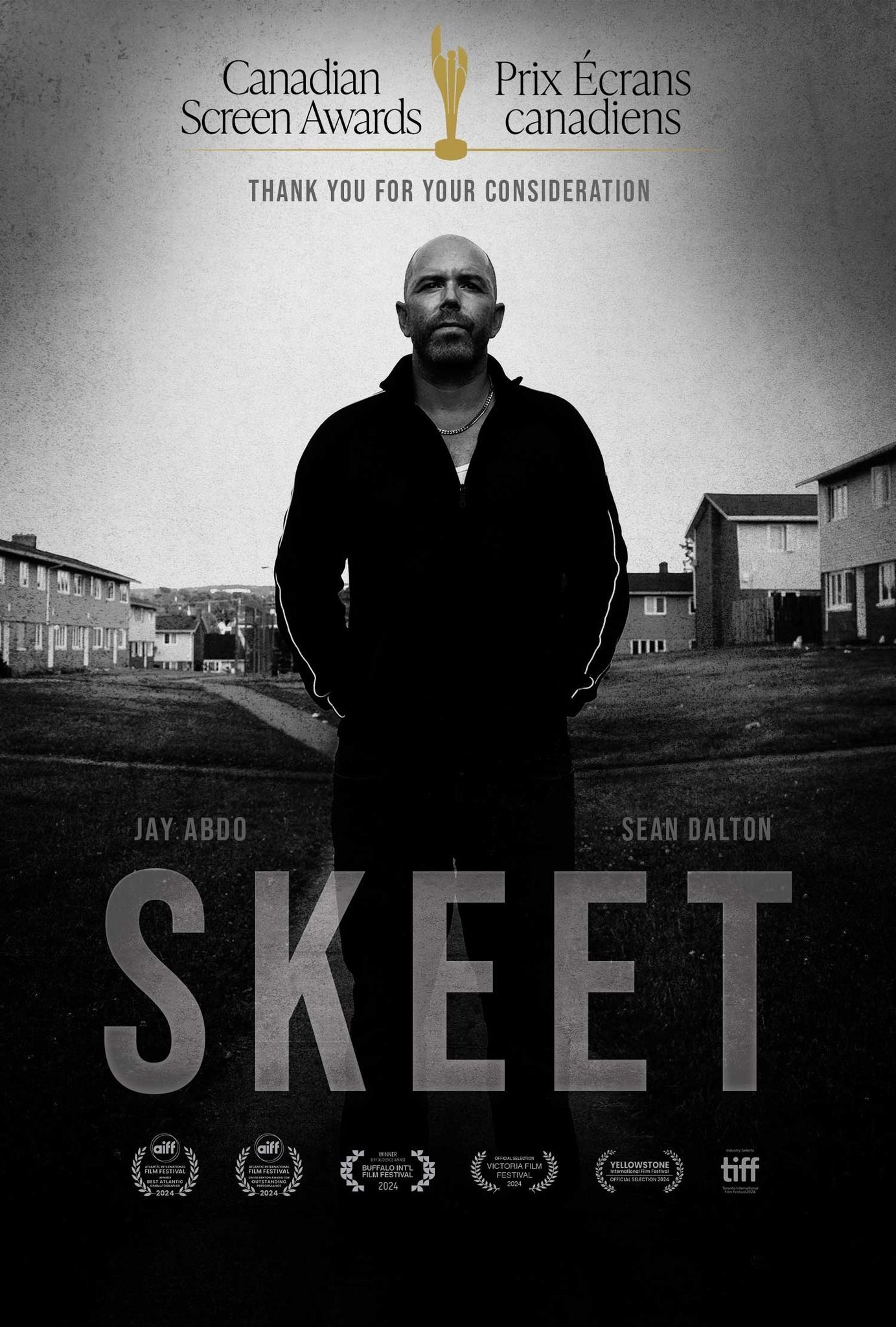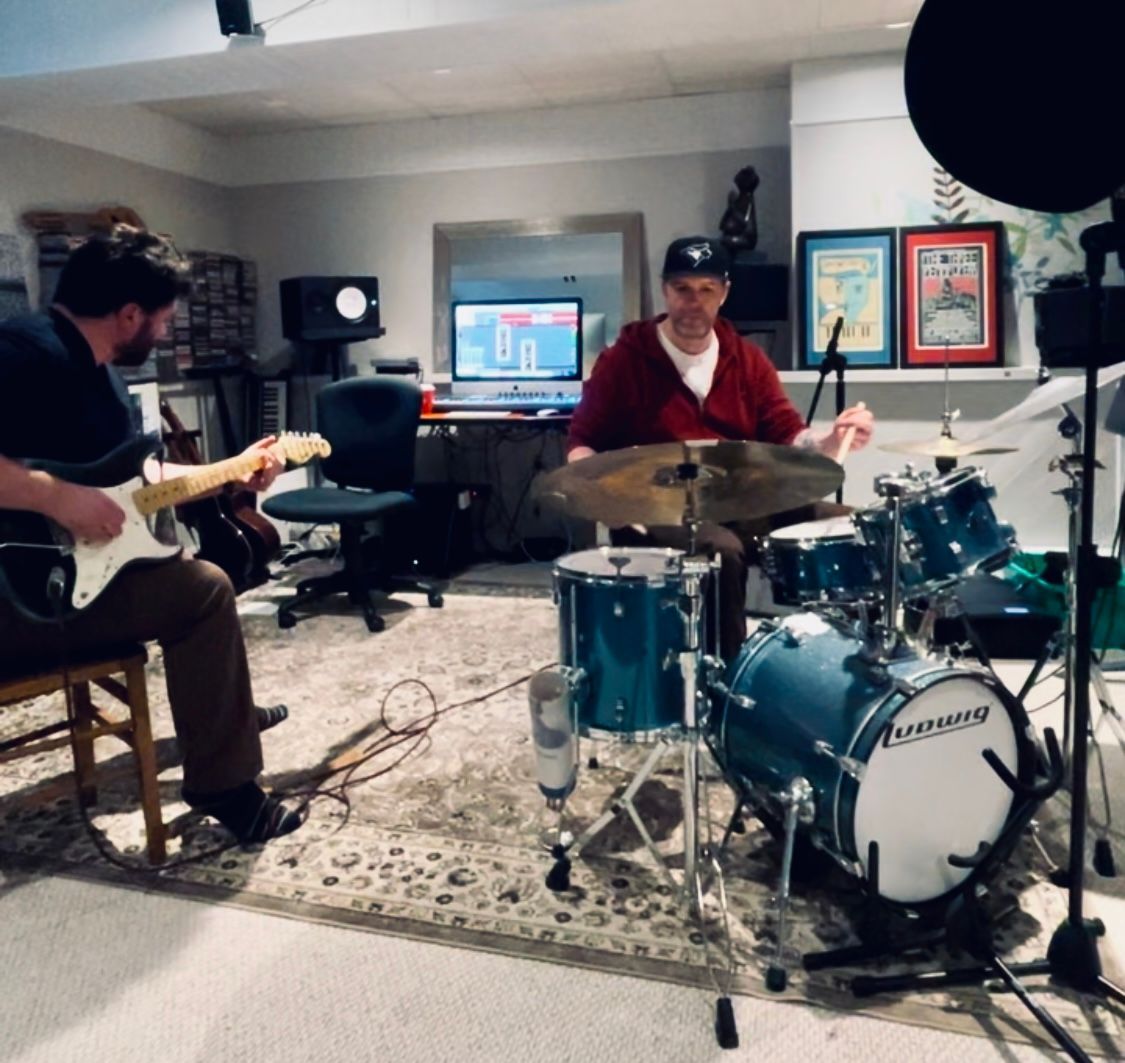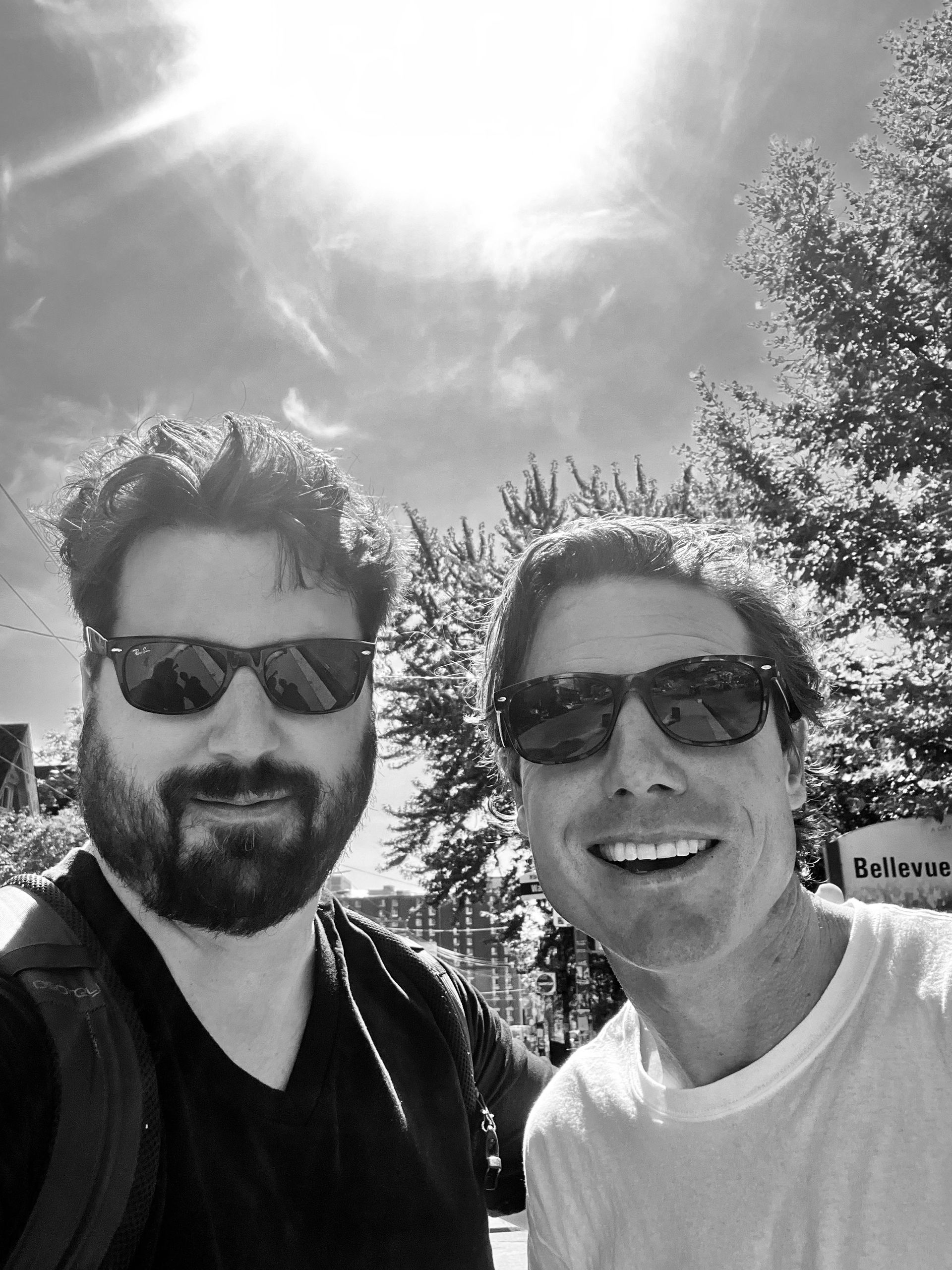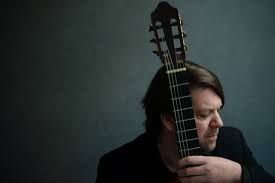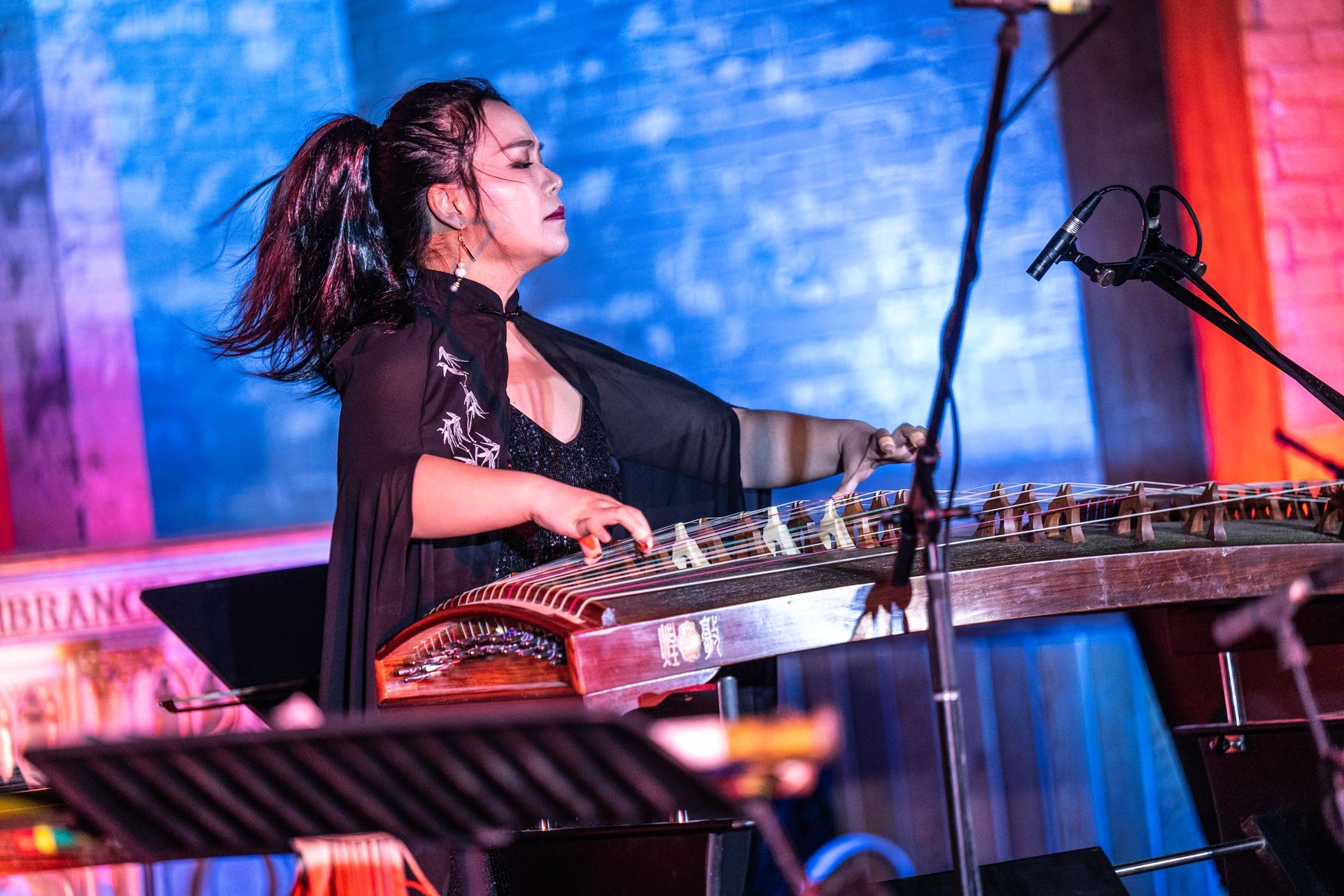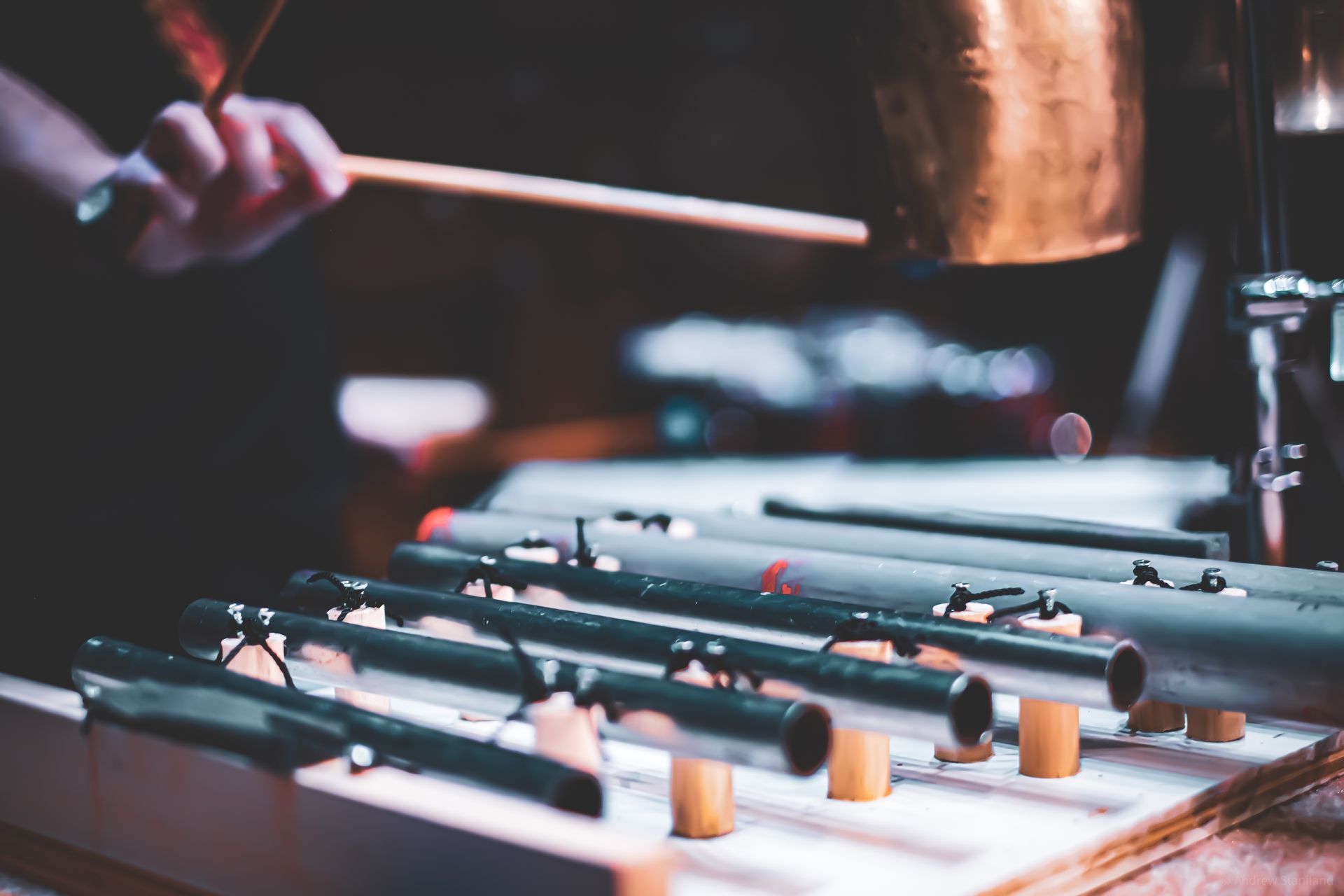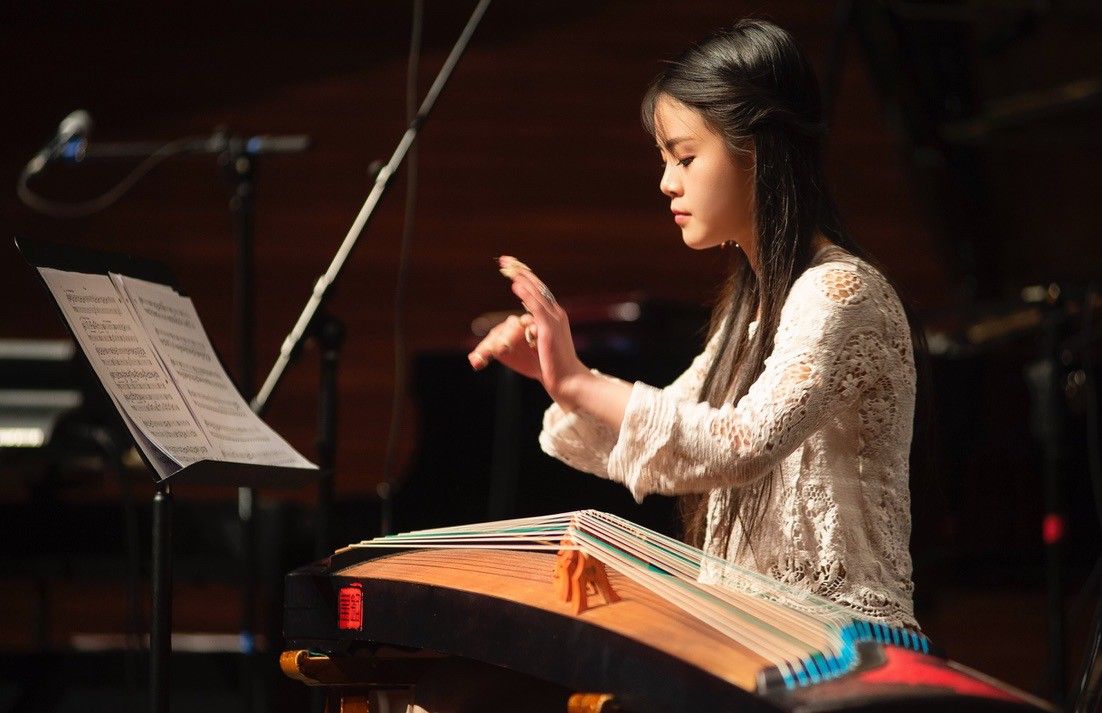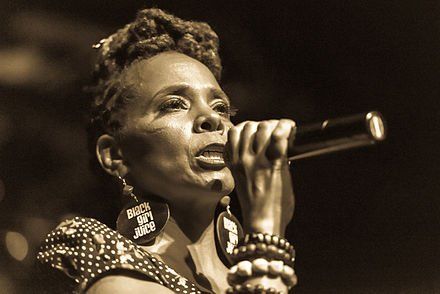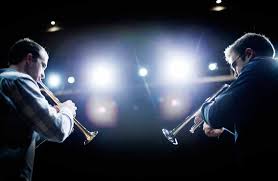By Andrew Staniland
•
September 22, 2020
A new piece for trumpets written during the early pandemic Inventions for Trumpets is a series of 5 movements: Sirens, Butterflies, The Secret Death Toll of American Drones, Ghosts, and Rip. The piece can be played as an acoustic duo for 2 trumpets, and as an electronic version where the 2nd trumpet part is reimagined for the electroacoustic medium. Sirens is a study on siren-like glissandos and siren sounds on both the trumpet and in the electronics, and the internal feeling of alarm and fear that accompanied the early days of the pandemic. Butterflies – this explores flutter technique on the trumpet, while the electronics explore closely recorded insects and other freely associated sounds, as well as rustling piano sounds reminiscent of previous work electroacoustic work Orion Constellation Theory. The title The Secret Death Toll of American Drones comes from a NYTimes article of the same name that crossed my newsfeed. It is a virtuoso etude for piccolo trumpet intended to evoke a quasi-military style. The work begins in a call and response between high trumpet and low trumpet, or trumpet and electronics, then moves to unison statement by the end. The electronics and acoustic versions both use a drone pedal to anchor the virtuoso lines, while the electronics use freely associated sounds inspired by the title of the movement Ghosts is a quiet and slow exploration timbre and colour that focuses on air sounds, valve noise, and breath. The electronics feature an import voice from the past, a ghost as it were, from my early days as an electroacoustic composer. Rip is a playful virtuoso duo that is based around rips, which are quick and exciting runs up an overtone series. This movement does not have a prepared electroacoustic part, rather, the trumpeter is invited to record the 2nd trumpet part and play the first part along with it. The piece was written in the lockdown period of the COVID 19 pandemic, between March and August 2020. It was written for Alan Klaus with financial support from the SOCAN foundation. Premiere coming online in November 2020 at the Newfound Music Festival. Details coming soon!
